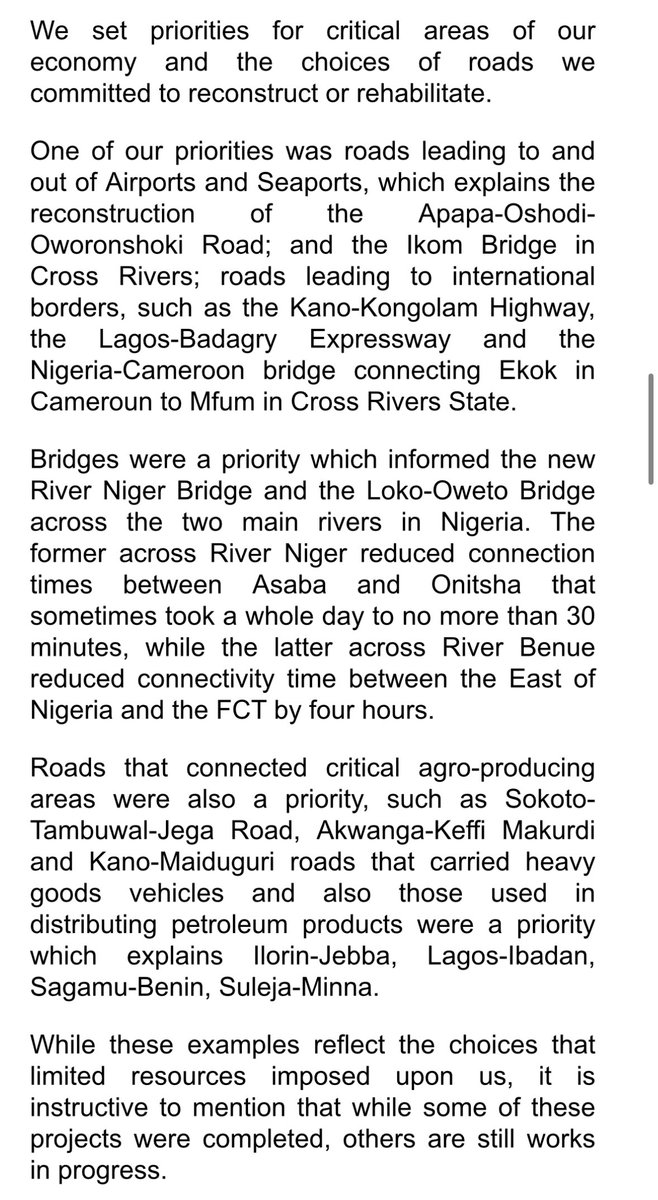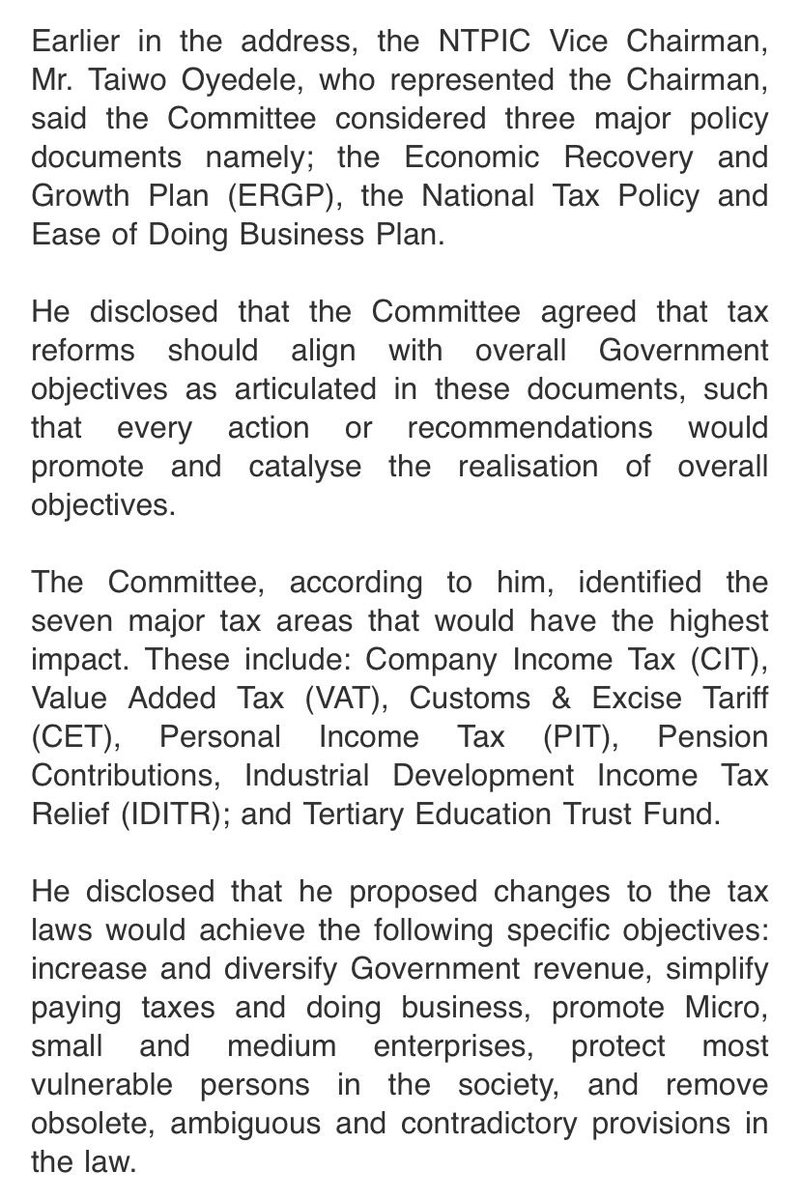Spending the day at @SoftcomNG’s Tech Conference in Lagos, on the role of Technology in driving social change and fighting poverty in Africa.
Comment: Technology closes some gaps while opening others. Smartphones offer incredible opportunities and potential for leapfrogging and disruption, but what happens to those who don’t have access to smartphones?
Discuss.
Discuss.
One thing that keeps coming up in this conversation is SCALE. How do you take a successful pro-poor Programme from small-scale impact to large-scale? How do you make things go ‘viral’ and achieve sustainability.
“Anything you cannot measure, you cannot improve.” — Dr. Tunde Adekola, World Bank Education Specialist.
.@npower_ng in Nos:
500,000 Graduate Volunteers
N275 BILLION paid directly to Volunteers as at July 31, 2019
N18.77m avg monthly inflow per LGA
25,000 Indirect additional jobs created
10,000 Physically-Challenged Volunteers
200,000 Local Cos engaged(logistics, SIM reg,etc)
500,000 Graduate Volunteers
N275 BILLION paid directly to Volunteers as at July 31, 2019
N18.77m avg monthly inflow per LGA
25,000 Indirect additional jobs created
10,000 Physically-Challenged Volunteers
200,000 Local Cos engaged(logistics, SIM reg,etc)

• • •
Missing some Tweet in this thread? You can try to
force a refresh



















